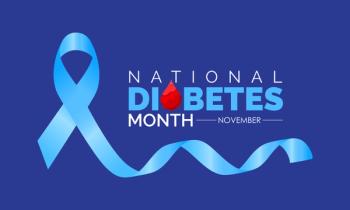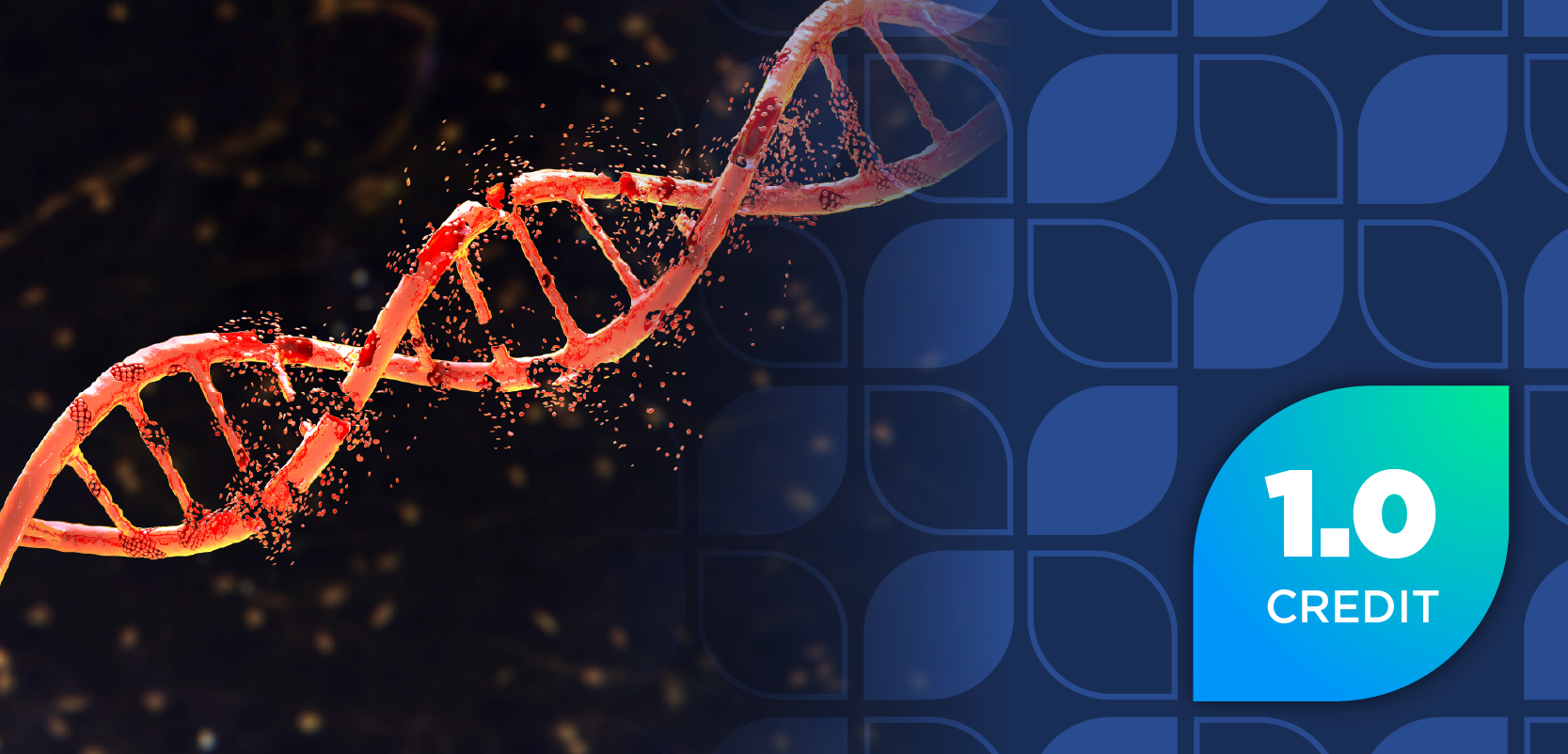
FDA Accepted sBLA for Luspatercept-aamt to Treat Anemia in Patients With Blood Cancer
The treatment showed significant improvement in patients in patients who require frequent blood transfusions and are at risk of infection.
The FDA accepted a supplemental biologics license application (sBLA) for luspatercept-aamt (Reblozyl; Bristol Myers Squibb) to treat anemia in patients with very low- to intermediate-risk myelodysplastic syndromes (MDS) who may require a red blood cell (RBC) transfusion and have not used erythropoiesis-stimulating agents (ESA-naïve). This first-in-class treatment option demonstrated clinically meaningful improvement in RBC transfusion independence (RBC-TI) for at least 12 weeks.
“Initial treatment options for very low- to intermediate-risk MDS’s, including ESAs, can alleviate anemia in some patients, but others will either not respond or become resistant to therapy, and additional therapy options have remained urgently needed,” said Noah Berkowitz, MD, PhD, senior vice president, Hematology Development, Bristol Myers Squibb, in a press release.
Patients with MDS—a group of closely related blood cancers—ineffectively produce healthy RBCs, white blood cells, and platelets, which can lead to anemia. Anemia is improved by blood transfusions to increase the circulation of healthy RBCs, but frequent transfusions are associated with risk of iron overload, transfusion reactions, and infections.
Investigators conducted COMMANDS (NCT03682536), a phase 3, open-label, and randomized trial to evaluate luspatercept-aamt versus epoetin alfa (ESA) to treat anemia in this lower-risk MDS population. The primary outcome is RBC-TI for 12 weeks with a mean hemoglobin (Hb) of 1.5 g/dL or more. Key secondary outcomes were defined as RBC-TI for 24 weeks, RBC-TI at 12 weeks or more, and erythroid response of 8 weeks minimum during weeks 1 to 24.
“[Luspatercept-aamt] significantly improved transfusion independence and elevated hemoglobin compared to ESA therapy epoetin alfa,” Berkowitz said in the press release. Further, Hb increased by 1.5 g/dL or more with the first-line treatment.
The safety profile was consistent with what was observed in past clinical trials. The most common adverse events (AEs) associated with luspatercept-aamt include headache (26%), bone pain (20%), arthralgia (19%), fatigue (14%), cough (14%), abdominal pain (14%), diarrhea (12%), and dizziness (11%).
Luspatercept-aamt currently has FDA approval for anemia in adult patients with beta thalassemia who require regular RBC transfusions, anemia despite ESA treatment and require 2 or more RBC units over 8 weeks with lower-risk MDS with ring sideroblasts, and myelodysplastic/myeloproliferative neoplasm with ring sideroblasts and thrombocytosis.
The FDA set a Prescription Drug User Fee Act goal date of August 28, 2023. The European Medicines Agency (EMA) also validated a type 2 variation application for luspatercept-aamt.
“[Luspatercept-aamt] is an important option available for the treatment of anemia in patients with transfusion-dependent, lower-risk MDS who have experienced ESA failure, and we look forward to working with the FDA and EMA to expand its potential use as a first-line therapy in eligible patients,” Berkowitz said in the press release.
Reference
US FDA Accepts for Priority Review Supplemental Biologics License Application and EMA Validates Application for Reblozyl® (luspatercept-aamt) as First-Line Treatment of Anemia in Adults with Lower-Risk Myelodysplastic Syndromes (MDS). May 1, 2023. Accessed on May 1, 2023. https://news.bms.com/news/corporate-financial/2023/U.S.-FDA-Accepts-for-Priority-Review-Supplemental-Biologics-License-Application-and-EMA-Validates-Application-for-Reblozyl-luspatercept-aamt-as-First-Line-Treatment-of-Anemia-in-Adults-with-Lower-Risk-Myelodysplastic-Syndromes-MDS/default.aspx
Newsletter
Stay informed on drug updates, treatment guidelines, and pharmacy practice trends—subscribe to Pharmacy Times for weekly clinical insights.


















































































































































































































